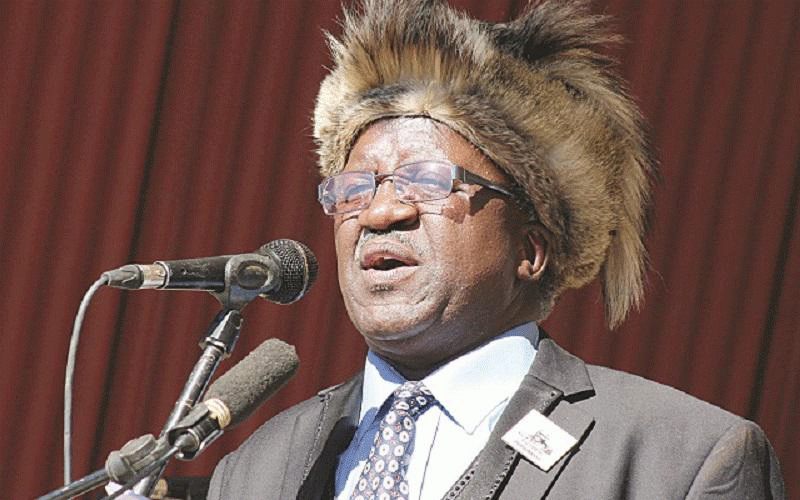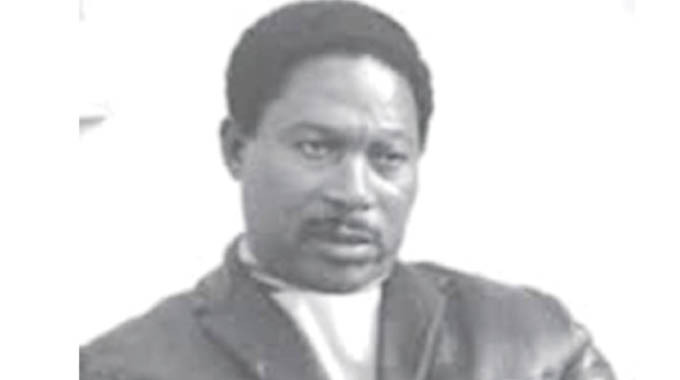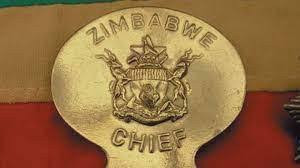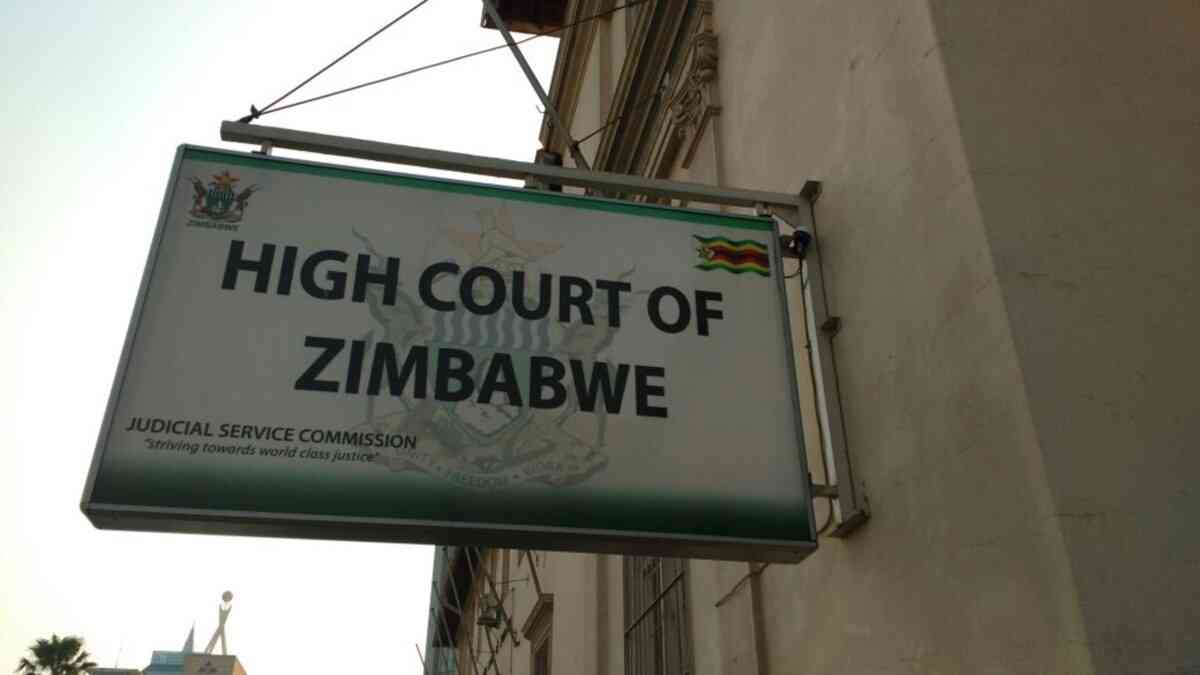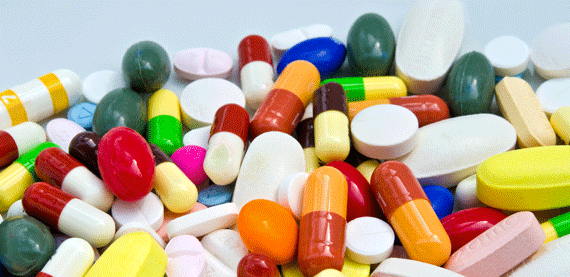
LONDON — One of the biggest hurdles stemming the global tide of counterfeit medicines is disagreement over the term itself, which drug companies are accused of hijacking for commercial rather than public health reasons.
There is no dispute over the dangers that fake medicines pose.
Often containing few or no active ingredients, they are typically ineffective — and are sometimes actively harmful. Some contain enough of an active ingredient to affect a disease, but not enough to eliminate it, contributing to the growth of drug-resistance.
And they cost almost nothing to manufacture, but bring huge profits to their makers and distributors.
The problem is thought to be widespread in countries with weak regulatory oversight.
In 2003, Nigerian health officials estimate that 70% of drugs in circulation in the country were either counterfeit or adulterated.
But international agreement over how to deal with fake medicines has been elusive, with discussions getting bogged down over exactly what kinds of drugs should be targeted. The problem is that the phrase normally used in the debate — “counterfeit medicines” — can refer to far more than chalk pills with forged labels.
The World Health Organisation (WHO) defines a counterfeit drug as “a medicine, which is deliberately and fraudulently mislabelled with respect to identity and/or source.
- Chamisa under fire over US$120K donation
- Mavhunga puts DeMbare into Chibuku quarterfinals
- Pension funds bet on Cabora Bassa oilfields
- Councils defy govt fire tender directive
Keep Reading
“Counterfeiting can apply to both branded and generic products and counterfeit products may include products with the correct ingredients or with the wrong ingredients, without active ingredients, with insufficient active ingredients or with fake packaging.”
Yet pharmaceutical companies consider even safe, efficacious drugs “counterfeit” when their expensively developed and patented formulas are copied without their permission, or even when their own drugs, licensed and packaged for sale in one country, are diverted, repackaged and sold elsewhere at a higher price.
A meeting at WHO in Geneva next month will try to nail down more firmly what international control measures should cover and, just as importantly, what they should not.
The meeting of the member state mechanism on substandard/spurious/falsified/falsely labelled/counterfeit medical products will focus not on drafting a treaty — such an ambition has been abandoned for the time being — but rather on developing a “programme of work” to curb the sale of such products.
This will look at best existing practices and can be tailored to the situations in different regions.
Michael Deats, WHO’s project manager for quality assurance and safety of medicines, is cautiously optimistic.
“This topic is mired in controversy,” he said, “because of the conflict between protection of public health and protection of intellectual property. But we are now getting to the stage where negotiations are starting to settle down, and we have got a better chance of moving forward.”
For Oxfam’s senior medical policy adviser, Mogha Kamal-Yanni, the concerns of drug companies are purely a trade issue, with no relevance to public health initiatives.
By conflating the two, “you are transferring the duty of checking and enforcing intellectual property rights from the private owner of those rights to governments, which have very limited resources, and you’re not sorting out the problem; the real problem is about bad-quality medicines,” Kamel-Yanni told a meeting at London’s Chatham House.
Despite efforts to harmonize copyright and intellectual property laws by countries like the US and Japan, which are home to many pharmaceutical companies, these laws vary greatly around the world.
There have been a number of cases in which generic drugs manufactured legally in countries like India, on their way to other countries where those drugs would also be regarded as legal, such as Nigeria or Brazil, have been seized in transit through Europe on the grounds that they violate patents recognized under European legislation.
The result has been bitter opposition to attempts to reach an international agreement on combating counterfeit medicines. Countries like India, China and Brazil allege that big drug companies are trying to use WHO to suppress competition from more affordable generics.
Anna George, of Chatham House’s Centre for Global Health Security, says the pharmaceutical industry needs to stop insisting on the catch-all term “counterfeit”.
“The industry needs to move away,” she said. “They need to drop that word that causes so many problems, say that their own intellectual property rights will be pursued elsewhere, and allow the debate to focus on health issues.”
Kamal-Yanni says more lasting solutions can be found by investing in supply chains in the developing countries worst affected by the problem.
“As a patient,” she said, “if I have access to a trained pharmacist and a good supply chain system, the counterfeiters and the people supplying bad-quality drugs will have limited access to the market.” — Irin

